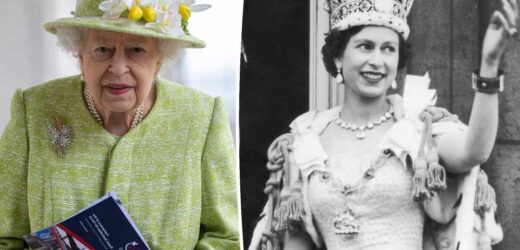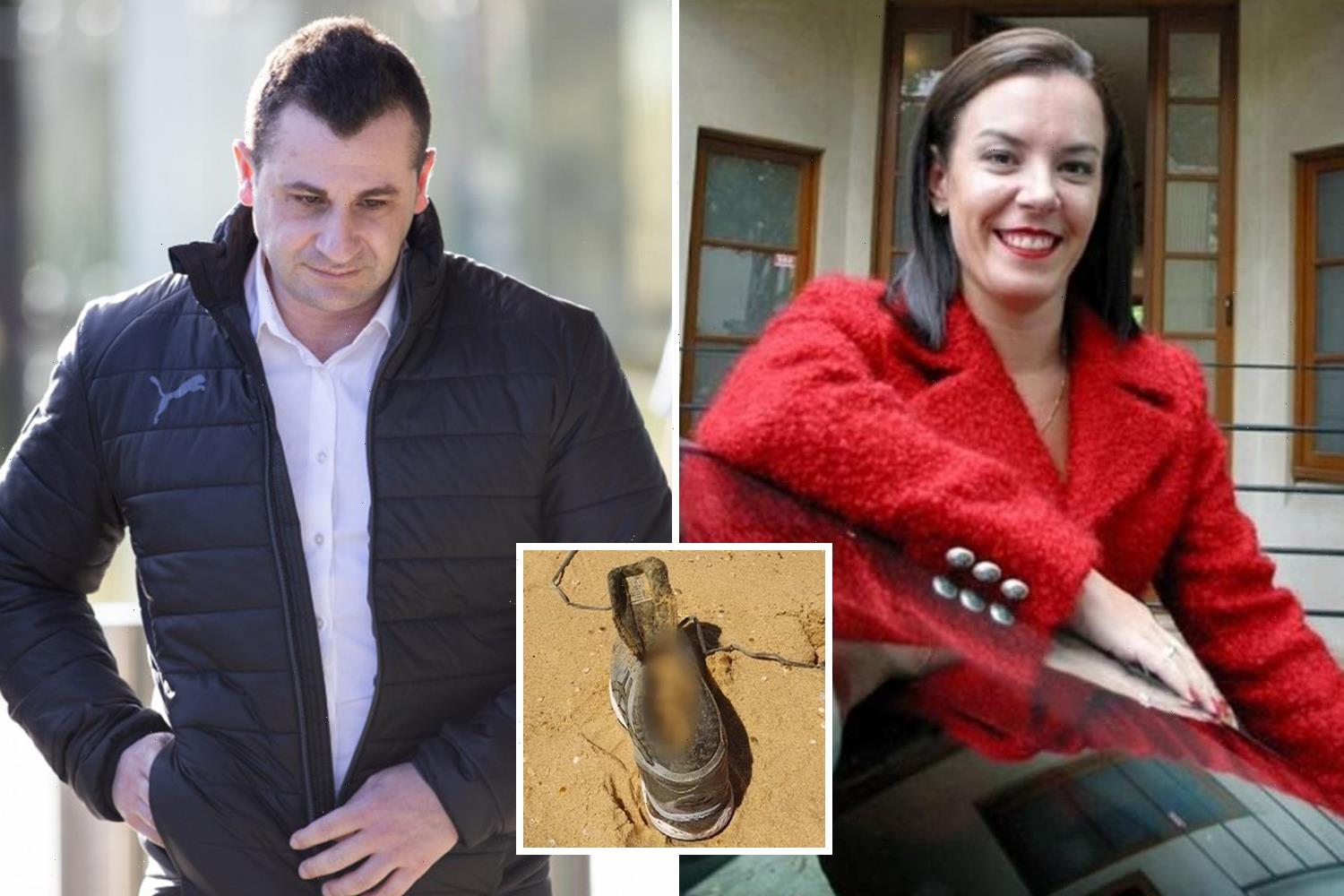More On:
queen elizabeth II
Harry, Meghan desperate to edit Netflix show, memoir after Queen’s death
Meghan Markle’s podcast to return as royal mourning period ends
Queen Elizabeth II’s beloved corgis were in the room when she died
Ex-staffers ‘broken’ by Meghan Markle’s alleged screaming tirades: book
Queen Elizabeth II died from “old age,” according to the late sovereign’s death certificate.
The National Records of Scotland released the document on Thursday, with Her Majesty’s daughter, Princess Anne, listed as the informant of her death.
The certificate also revealed that Elizabeth died on Sept. 8 at 3:10 p.m.
The royal family announced the Queen’s passing three hours later, sharing in a tweet, “The Queen died peacefully at Balmoral this afternoon. The King and The Queen Consort will remain at Balmoral this evening and will return to London tomorrow.”
The news came after Buckingham Palace announced that she had been put under “medical supervision” amid rising health concerns. Family members swiftly rushed to be by her side before she passed.
King Charles, 73, issued a statement on her loss, sharing that her death “is a moment of the greatest sadness.”
“We mourn profoundly the passing of a cherished Sovereign and a much-loved Mother. I know her loss will be deeply felt throughout the country, the Realms and the Commonwealth, and by countless people around the world,” he said.
Elizabeth II was the longest-reigning monarch in Britain’s history, sitting on the throne for seven decades. Over that time, she made several nontraditional moves that helped her grow in popularity across the Commonwealth.
For one thing, the Queen was the first to open up royal life to the masses. When she was coronated on June 2, 1953, at the young age of 25 following her father King George VI’s death, the ceremony was the first to ever be broadcast live on television in full.
And in 1970, the sovereign broke centuries of royal tradition when she took a casual stroll to greet crowds in person rather than waving to them from a distance during her tour of Australia and New Zealand with her husband, Prince Philip, and daughter Anne.
She also made the decision to televise her son King Charles’ wedding to the late Princess Diana, which an estimated 750 million people in 74 countries around the world tuned in to watch on July 29, 1981.
Then, in 1986, the Queen made history as the first British monarch to visit the Chinese mainland after the UK returned sovereignty over Hong Kong to China.
She also showed her progressiveness by supporting her grandson Prince Harry’s marriage to Meghan Markle, a divorced, biracial former actress from America. And even though the Duke and Duchess of Sussex have since resigned from their royal duties and moved to the United States, the controversial couple still remained on good terms with the Queen.
The Queen made her mark during dark times as well.
She was highly criticized when she did not visit Wales after a mining disaster that killed 116 children and 28 adults in 1966. She at first refused to visit the suffering town of Aberfan, and even sent Philip in her place. But after the media slammed the Queen’s absence, she visited the site to speak with survivors eight days after the tragedy. Decades later, the Queen admitted that not visiting right away was her “biggest regret.”
The Queen also navigated family drama over the years with grace.
The royal family was rocked by scandal in 1992, which the Queen famously called her “annus horribilis,” a Latin phrase for “a horrible year.”
Her eldest son and heir apparent to the throne, Charles, engaged in an affair with Camilla Parker Bowles and ended up announcing his separation from Diana that year.
The Queen’s son Prince Andrew and his wife, Sarah Ferguson, also split that year. Years later, in 2019, Andrew had his royal duties revoked over his ties to late sex offender Jeffrey Epstein.
Also in 1992, Her Royal Highness’ daughter, Anne, divorced her husband, Mark Phillips, and a massive fire broke out in Windsor Castle, affecting more than 100 rooms.
She had to comfort her country yet again after Diana’s untimely death in a car crash in 1997, a year after the Princess of Wales finalized her divorce from Charles. Initially, the Queen did not address Diana’s death, but she ended up giving a rare televised speech to the nation to mourn the mother of her grandchildren Prince William and Harry.
In more recent years, the Queen grieved the loss of her husband of 73 years, Philip, who died at the age of 99 in April 2021.
That October, she was seen using a cane for the first time in 17 years during an event at Westminster Abbey, with an insider telling Page Six that Her Majesty had it “for her comfort.”
The Queen continued to raise health concerns after skipping out on subsequent royal engagements.
She was hospitalized for a night in October 2021 and had to cancel a trip to Ireland after being advised to rest for medical reasons. While she was back to conducting her in-person royal duties that November, she worried fans again when she tested positive for COVID-19 in February 2022.
Alas, she returned to work in March 2022, only to back out of an appearance in May over “mobility” issues.
She appeared to be in high spirits during the beginning of her Platinum Jubilee in June 2022 but raised concerns yet again when she had to skip out on several events later on. Instead, she appeared via hologram during the Platinum Jubilee Pageant.
The Queen is survived by Charles, Anne, Andrew and her youngest son, Prince Edward, as well as eight grandchildren and 12 great-grandkids.
The family members publicly mourned Her Majesty at her Sept. 19 funeral.
Share this article:
Source: Read Full Article








